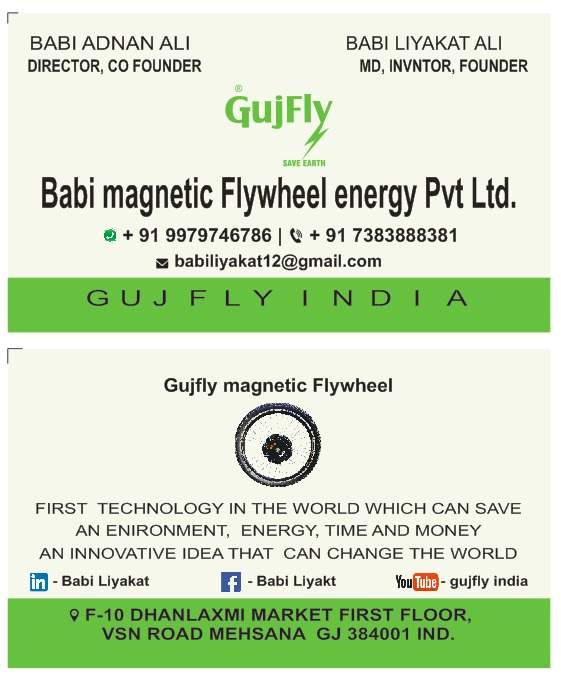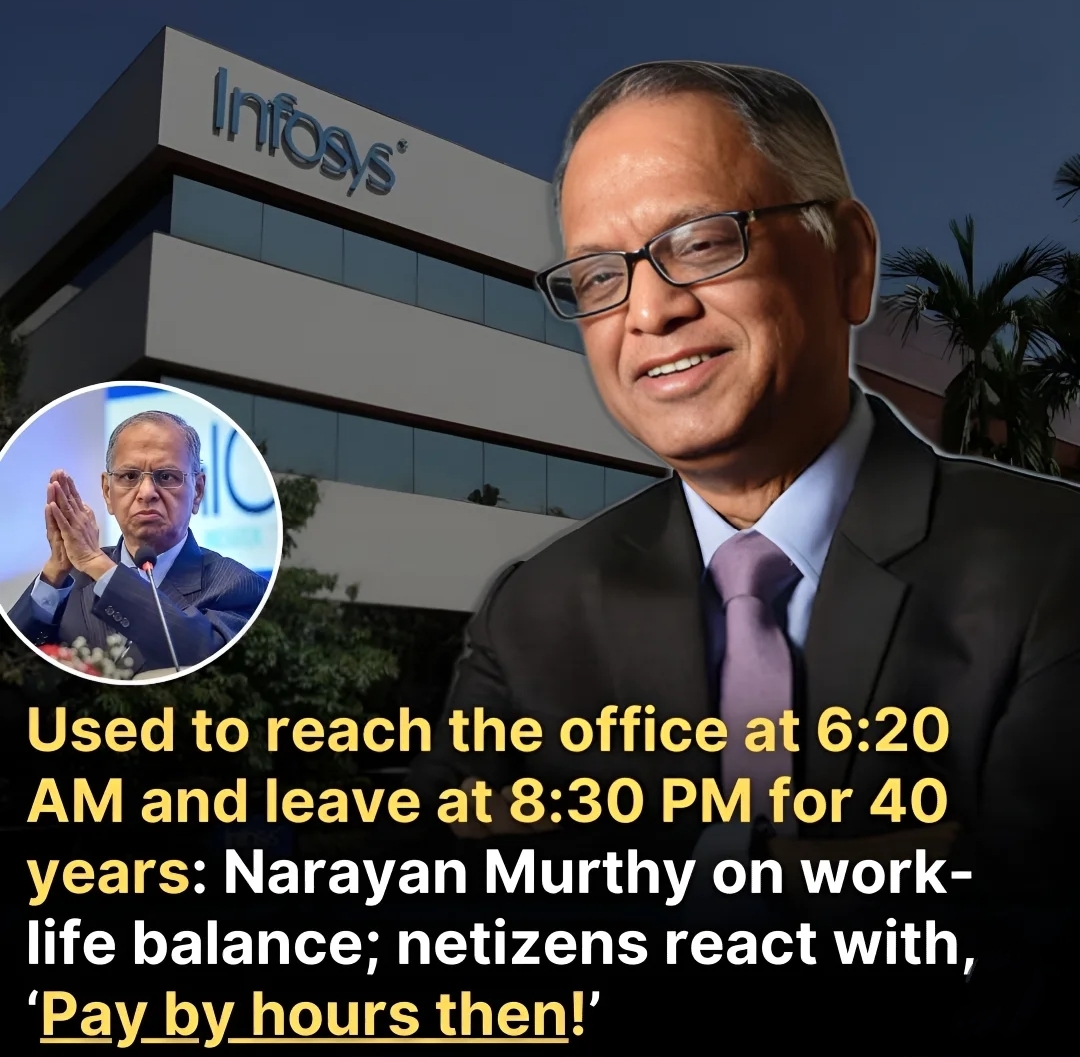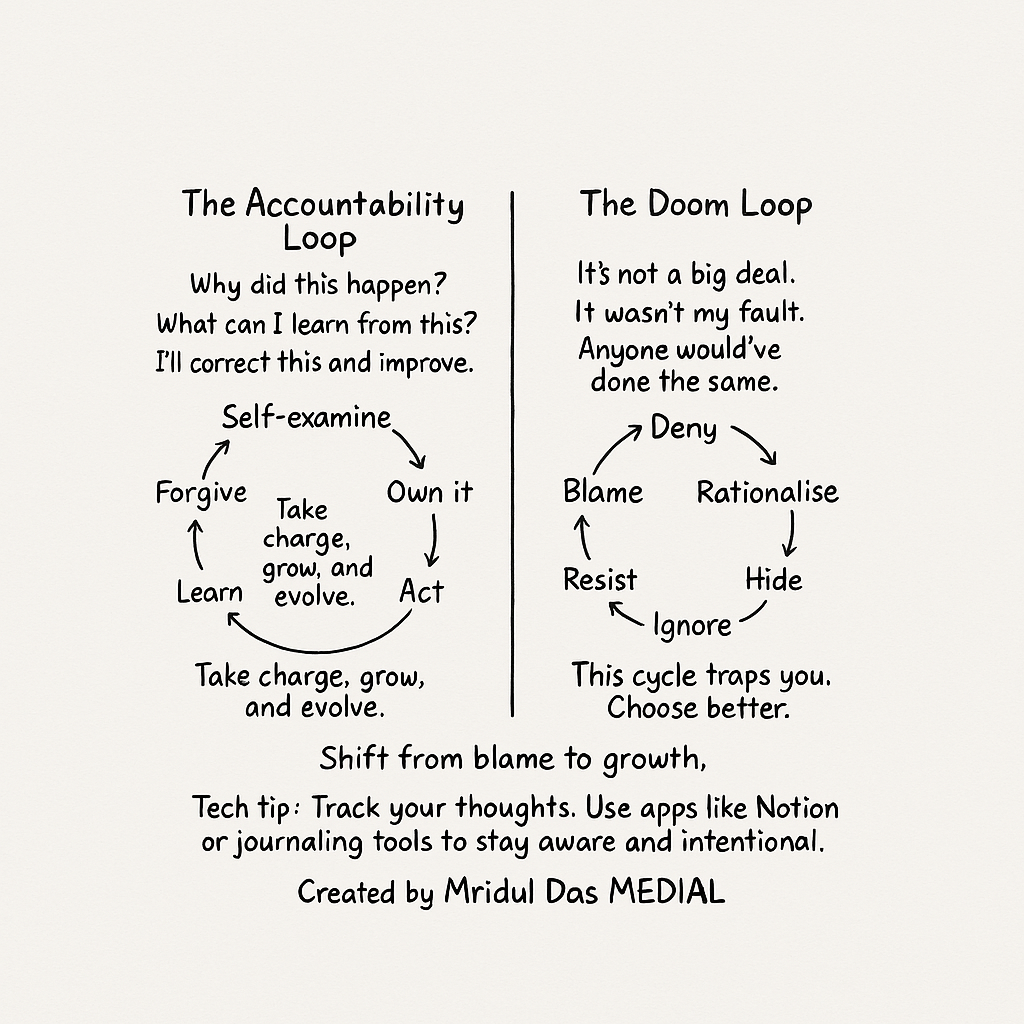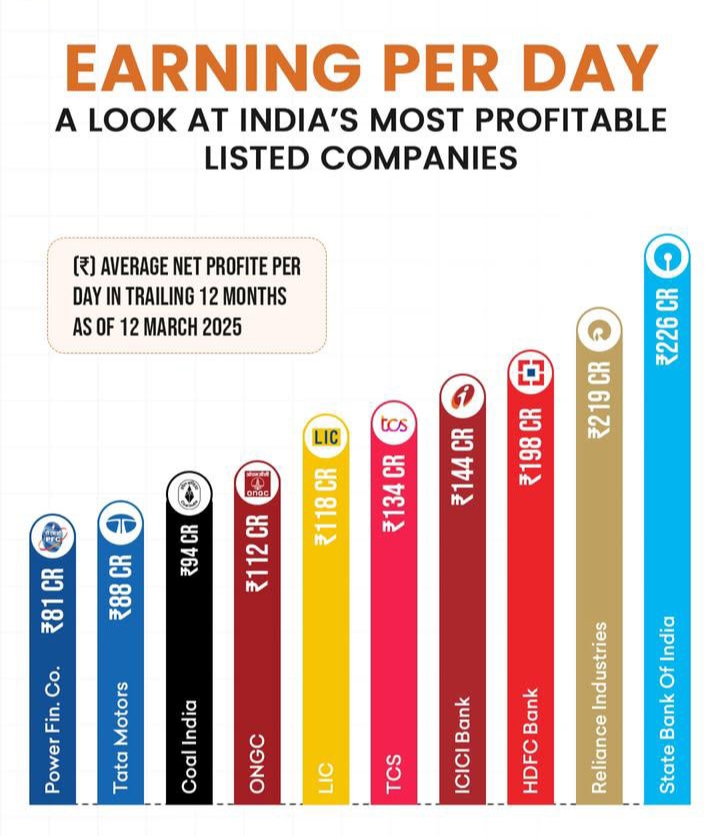Back
SHIV DIXIT
CHAIRMAN - BITEX IND... • 1y
📖 DAILY BOOK SUMMARIES 📖 🚀 12 Lessons From 👍 🔥 Good To Great 🔥 By Jim Collins 💯 1. Level 5 Leadership • Leaders possess humility and professional will. They prioritize the organization’s success over personal gain and focus on long-term results 2. First Who, Then What • Successful companies get the right people on board before deciding on strategy. Hiring the best talent and aligning them with the company’s vision is crucial 3. Confront the Brutal Facts • Great companies face reality honestly, creating a culture where the truth can be addressed openly. This helps in tackling challenges effectively 4. Hedgehog Concept • Companies that excel focus on what they can be the best at, what drives their economic engine, and what they are deeply passionate about. Aligning strategy with these three intersecting circles is key 5. Culture of Discipline • Effective organizations have a disciplined culture involving disciplined people, thought, and action. This balance fosters freedom with responsibility. 6. Technology Accelerators • Technology enhances the progress of already successful companies. It’s used to accelerate growth based on the company’s Hedgehog Concept, rather than being the primary driver of success 7. Flywheel and Doom Loop • Success is achieved through consistent, incremental efforts (the flywheel effect). In contrast, companies stuck in the doom loop face repeated failures and ineffective actions 8. Stockdale Paradox • Leaders maintain unwavering faith in their success while confronting the brutal facts of their current situation. This balance is crucial for overcoming adversity 9. Bus Metaphor • The emphasis is on getting the right people on the bus and the wrong people off before determining the company’s direction. Building the right team is fundamental 10. The Genius of the AND • Great companies blend seemingly contradictory goals, such as being both disciplined and entrepreneurial. They thrive by integrating different approaches 11. Key Themes of Greatness • Common themes include focusing on core competencies, disciplined innovation, and making tough, strategic decisions for long-term success 12. Real-world examples from companies like Walgreens and Kimberly-Clark illustrate how these principles are applied in practice, showcasing their journey from good to great. 13. The Flywheel Effect • Success is a result of continuous, incremental improvements that build momentum over time. Unlike a single breakthrough, it’s about sustained effort and gradual progress 14. The Doom Loop • Companies that fail to achieve greatness often experience a cycle of reactive, short-term solutions and leadership instability, which prevents them from building momentum 🔗 For Reading and Downloading this whole for free , you can check comment section for direct download link 🔗

Replies (5)
More like this
Recommendations from Medial
Liyakat Liyakat
Hey I am on Medial • 11m
Babi Liyakat Ali is indeed the inventor and founder of Babi Magnetic Flywheel Energy Pvt Ltd. The company specializes in innovative energy storage solutions using magnetic flywheel technology. Babi Liyakat Ali's work focuses on developing sustainabl
See More


Owl Maniac
Rethink and Breakdow... • 1y
What is alternative to Doom scrolling? Everyone knows it's bad but every platform is using it. Is there any alternative way to keep up to date on a platform without doom scrolling feed. I'm working on something with a feed and I hate doom scrolling.
See MoreVishnu dubey
CEO of @EliteSS | In... • 10m
"ESOPs (Employee Stock Ownership Plans) empower employees by giving them a stake in the company’s success. 💼✨ They foster loyalty, boost motivation, and create wealth for employees while aligning their goals with the company’s growth. A win-win for
See MoreRohan Saxena
Innovating Ideas 💡 ... • 10m
Dedication or Overwork? 🤔 Narayan Murthy shares his disciplined routine of 40 years, sparking a debate on work-life balance.💼🕒 What’s your take—should success come at the cost of personal time, or is it all about finding the right balance? Let me
See More
Download the medial app to read full posts, comements and news.




































